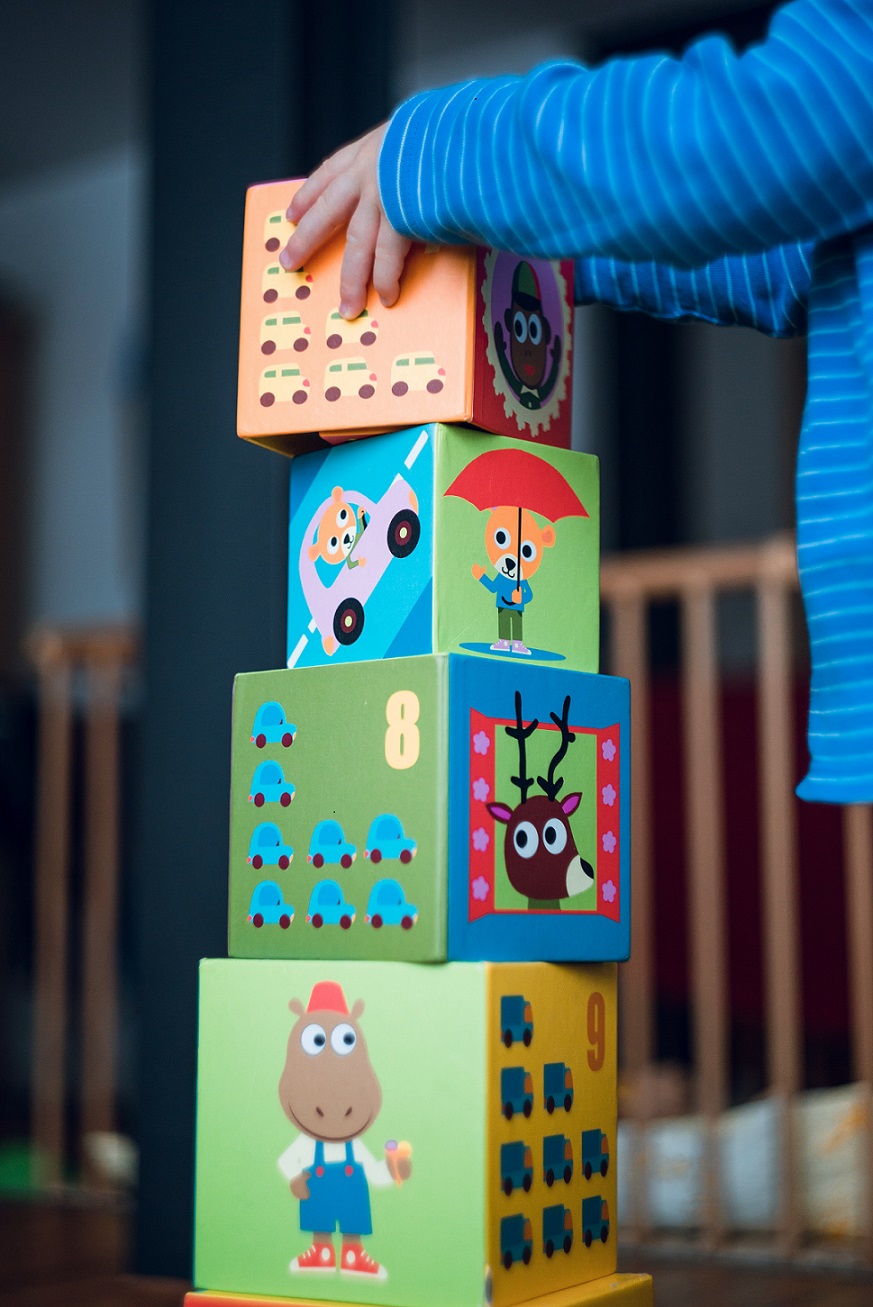When you pick up a pencil or use it to write, you have the strong muscles in your thumb and index finger to thank. The tweezer-like act is what helps you button your clothes or pick up a piece of popcorn before popping it in your mouth. As adults, we take simple actions like these for granted, but it’s a whole different ball game for your little one. The task of picking and holding can seem almost Herculean in the eyes of a one-year-old. Luckily for us, kids are persistent. They are happy to repeat an action until they get it right. But if their interest wanes or concentration flitters, then it’s up to us as parents to help them develop their fine motor skills. To guide them, you need to engage them in a series of activities that strengthen the hand muscles and prepare them.
What are fine motor skills
They are the ability to use the small muscles, especially in the hands, wrists and fingers (even legs & toes), coordinated with the eyes, to perform intricate movements like writing, holding your phone, using scissors, opening doors… In fact, many regular activities in our daily lives[1].
Have you ever seen a professional piano player perform? His hands fly across the keys so gracefully. That is the mark of highly developed fine motors skills. Surgeons, dentists and many artists require flexible and steady hand movements along with strong hand-eye coordination to carry out their jobs. And it starts in childhood.
Signs of poor fine motor skills
- Poor hand-eye coordination
- Inability to grasp and hold things
- Difficulty writing and colouring
How can I help my child develop fine motor skills
There are many DIY activities from which you can choose. It’s best to stick to those to which your child is partial. If your child is fond of colours and art, choose a painting based activity. If your baby loves to organise things, you can get him to carry out a sporting activity.
You can have a designated time slot for special activities, at the same time weave certain tasks into their daily routine. Slowly but surely, your child will show results.
When to start
One can help a baby develop fine motor skills as early as four months. There are simple, everyday activities that help. Some of these activities are incorporated into daily housework and chores, while others focus on playtime. This way your child not only develops his motor skills but also helps out around the house ;-).
Activities to develop fine motor skills
Here are some DIY tasks you can carry out with your child, starting from infancy to toddlerhood. Once you’ve figured out the action required, you can take inspiration from the activities we’ve listed and come up with a few of your own.
1. Age: Under one year
Action: Wriggling fingers and grabbing
To develop fine motor skills, we first start with grabbing objects
Hometime activity:
- Keep baby on the tummy and keep some bright coloured objects/toys nearby. Reaching for or grabbing an object helps with better hand-eye coordination.
- Encourage your child to eat by self. Start with larger finger foods, at first. Gradually offer finger foods. Picking it helps develop pincer grasp which eventually is helpful for writing/drawing skill.
Playtime Activity:
- Babies love balls, so keep one within reach of your child. Encourage her to grab balls of different shapes and textures. This helps work the muscles in the fingers.
- Show your baby how to make towers of out blocks. Or, build the towers yourself and let him knock them down.
2. Age: Above 1 year
Action: Scooping and sorting
Here are a few grip-developing activities.
Hometime activity:
- Your child can help scoop rice or atta using a measuring spoon when food is being cooked.
- If you keep plants at home or even in the garden, your child can help with scooping out soil and planting seeds.
Playtime Activity:
- Set up a box filled with a mix of small items (not small enough to swallow) like cotton balls, dried pasta, beans, play coins, beads and teach your child how to scoop them out, and sort them into different containers. To make it more challenging, switch the scoop for tweezers or tongs. One can also pick up a set of children’s chopsticks for increased difficulty once your child gets the hang of this activity.
- Fill a large dish with dry flour or sand. Let your child create patterns or shapes with his fingers.
3. Age: 2 years upwards
3.1 Action: Pulling and pushing
These activities help increase the pressure exerted by the hand muscles.
Hometime activity:
- Teach your child to zip up his jacket or pants
- Hand a basket of pea pods to your child and watch him happily separate the peas
- Peel half an orange and let your child do the rest
- Allow your child to open and close the tap faucet when washing hands
Playtime Activity:
- Your child can play with toys that come with strings for pulling
- Get your kid to roll balls, car toys and other circular shaped toys across the floor
3.2 Action: Pinching
It helps develop the pincer grasp that is central to fine motor skill development.
Hometime activity:
- Let your child add a pinch of salt into his food
- Get your child to put clothespins on to drying clothes
Playtime Activity:
- Give your child an eyedropper, watercolours and a bowl of water. Show him how to pinch the dropper to collect colour and release it to drop colour into the water.
3.3 Action: Looping
It is a slightly more complex action so your child will need your help at first. This is a great workout for tiny fingers.
Hometime activity:
- Teach your child to do up the buttons before he wears the clothes. This is tricky so you’ll need to help at first.
- Your child can learn to hang keys, belts and jackets on respective hoops
Playtime Activity:
- String hollowed objects like penne pasta, hoops or beads through pipe cleaners, spaghetti and shoelaces.
- Your child can spend some quality time playing with lacing toys that come in all shapes and colours.
3.4 Action: Squeezing and kneading
This action helps to increase flexibility in all the hand muscles.
Hometime activity:
- Get your child to wring out small items of clothing that have been washed
- Your child can be given a tiny blob of atta to knead, which can be made into rotis
Playtime Activity:
- Squeeze toys that play music or make noises when hugged or pressed
- Moulding shapes out of plasticine and soft clay
Conclusion
The handholds some of the smallest muscles in the body, but they are very significant. There is so many fun, at-home activities you can do with your child to improve their fine motor skills. These will also help your child in the later years with writing, colouring and craftwork.






Leave A Comment